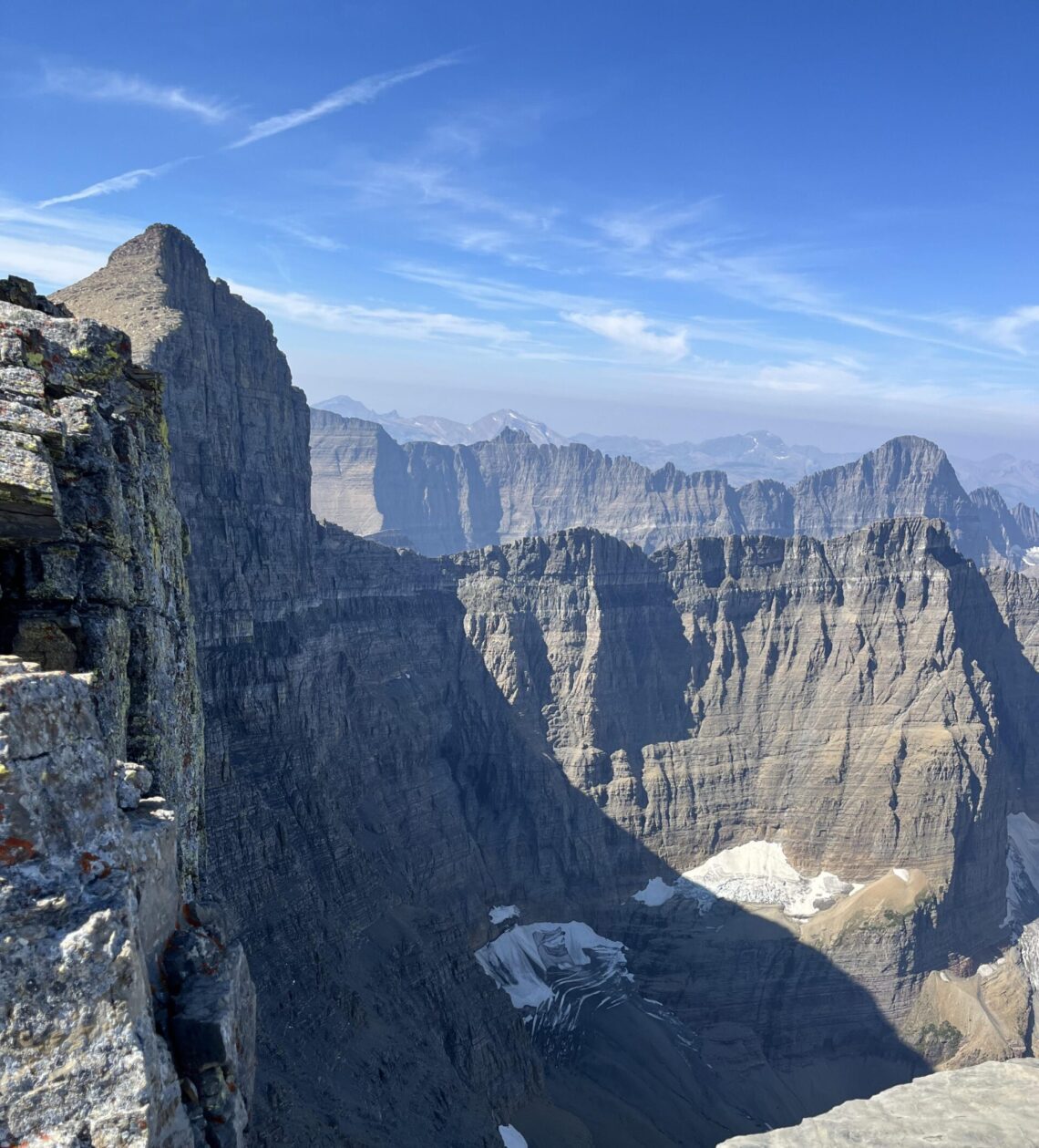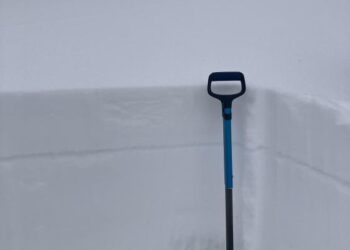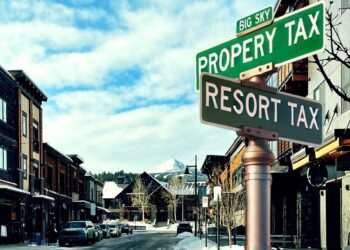The toll of ‘loving Montana to death’
By Benjamin Alva Polley EBS COLUMNIST
Montana, with its breathtaking landscapes and diverse wildlife, is a place of unparalleled beauty that seems to invite us to play outside. Abundant animal life, skyscraping peaks, alpine cerulean lakes, towering forests, windswept grasslands, wild rivers, and open space combine to provide ample recreation opportunities on public and some private lands. Many current locals moved to Montana to enjoy our public lands. I moved here 22 years ago for the same reasons.

There is a delicate line between loving something in a healthy way and loving it to death. Recently, I attended a panel discussion at the University of Montana, put on by Montana Free Press and Mountain Journal, called “Loving Montana to Death.” A few of the ideas in this column were discussed during that event, which gave me much to contemplate. I have been wrestling with these ideas for years, so bear with me. I don’t have all the answers, but I do have questions.
Last year, three million visitors traveled to Glacier National Park, and Yellowstone National Park saw four-and-a-half million visitors. Overall, 12.5 million people visited Montana last year and spent around $5.45 billion.
Since the pandemic, an influx of 50,000 people have moved to the state, but from 2010 to 2019, the average was around 6,000 people per year. As the U.S. population stayed relatively flat, Montana’s grew by 1.6%. Progress can be good, but “growth for the sake of growth is the ideology of a cancer cell,” said author Edward Abbey in his book “A Journey Home.”
A recent Crown of the Continent Poll showed that rapid growth and a loss of open space are some of Montana residents’ gravest concerns. It also stated that 78% of the public was concerned about overcrowding during outdoor recreational activities, which is a significant and anxiety-inducing nuisance.
There is a collective grief over changes in Montana communities and the environment. Broadly, this feeling is called solastalgia. I worked in Glacier National Park for over 15 years, which was powerful for my formative years, and now I avoid going there during the busy tourist season. I try to only visit during the shoulder season—which I’m not sure is even a thing anymore. Our state and many of our national parks are loved to death. Is industrial recreation to blame? “Industrial recreation” is no different than any other industry: it is all about consumption. People mark places off bucket lists; in a way, it is all about consuming those places and moving on to the next cool spot that travel magazines or social media influencers recommend.
Social media and geotagging places hurt residents, displace wildlife, and force locals to change their behavior to visit places they love at certain times of day or season.
This influx of people, whether tourists or transplants, undoubtedly boosts the state economy and many of us benefit. However, it’s crucial to remember that loving a place to death does hurt locals. The impact of over-tourism can be significant, from traffic congestion, soaring gas, hotel and house prices, long lines at park entrance stations and supermarkets, scarcity of reservations for parks or restaurants, overcrowded trails, rivers flooded with people, overfishing, litter and other micro-plastics left on trails, streambanks and national parks dotted with human feces. Many locals working in these busy towns can no longer afford to live in these popular destinations but must commute from outlying villages, which adds to the traffic.
Don’t get me wrong. I’m not saying to avoid travel or that all tourism is terrible.

However, travel can be a double-edged sword. It’s not just about exploring and expanding minds but also about the ecological footprints we leave behind. Responsible travel is the key. It’s about exploring but also about preserving the places we love. What to do?
Plenty of evidence states people won’t care enough to conserve a place if they don’t have a connection to it. We conserve the places we love.
So what does it mean to love a landscape? Does it mean observing it through the seasons, giving it space and allowing animals freedom to roam? How can we reduce our impact and better fit into our surroundings? How can we all save the places we love without loving them to death? The question is, how can we all practice sustainable tourism?
I do not object to seeing the world, expanding my mind, or having cultural experiences. It is all dear to my heart. I have been on wildlife safaris in Tanzania, climbed Mount Kilimanjaro, traveled to Argentina and climbed Mount Aconcagua, trekked in Patagonia, been to Mexico numerous times, explored lots of British Columbia and Alberta and pack rafted above the Arctic Circle in Alaska’s Brooks Range, all to connect with the landscape and the local people. This connection to nature is what drives us to give something back, not just take. So, I have written stories sharing those experiences with others for whatever that is worth.
Is it enough? I don’t know. Still, I also try to learn about the sense of places in those rare environments, and as Zen poet Gary Snyder said, give “a nod to the neighbors” by teaching myself about the local flora, fauna, natural history, local human stories and current challenges facing these unique locales in a sense trying to save them.
Suppose we are travelers visiting new areas. How can we be stewards of that destination that advocates caring for the local people, land, air, water, and animals? A traveler’s mission should be to shield the world’s most wondrous places by supporting wisely managed tourism where tourists help take care of these pristine landscapes, connect with locals and learn as much as we can about those landscapes we visit. We can even volunteer in those landscapes or communities if we have time. It also helps spread the impact of tourism to other less popular areas, so not all of the foot and car traffic is happening in one place. Spreading tourist money throughout the community helps put money in more diverse hands rather than just a few—we could also try to support forward-looking sustainable businesses that play the long game, not obsessing over short-term profits but instead being good stewards of the landscape and minimizing their ecological footprint for future generations by sourcing their materials and food ingredients more locally.
So, what does love have to do with it? Everything.
Benjamin Alva Polley is a place-based storyteller. His stories have been published in Audubon, Esquire, Field & Stream, The Guardian, Outside, Popular Science, Sierra, and other publications on his website. He holds a master’s in Environmental Science and Natural Resource Journalism from the University of Montana.











